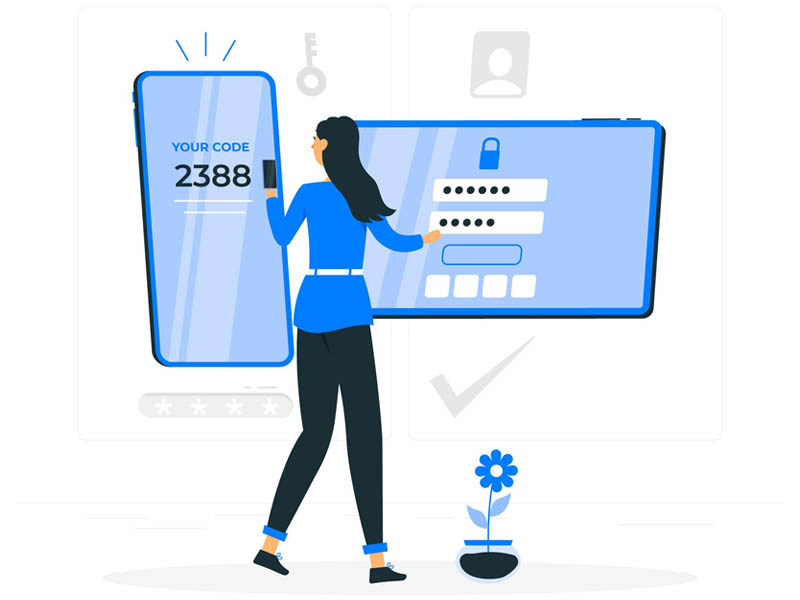There are two possibilities to enable double (2FA) or multi-factor authentication (MFA) in UDS Enterprise:
-
Through the authenticator. Once the user accesses UDS Enterprise, he will be redirected to the authenticator. The system will ask him to verify his identity through the method previously defined by the platform administrator in the authenticator (sending a token to the mobile, via email, SMS, voice call …).
It will be essential to use an authenticator that supports this procedure. Mainly they are federated identity systems based on the SAML 2 protocol. UDS Enterprise is compatible with this protocol, so it supports any system using this technology. This is the case of solutions such as WatchGuard AuthPoint or Google Workspace.
-
Through the Operating System. There are many tools to configure double or multiple authentication in this way, such as NetIQ. In this case, it will be applied after entering UDS Enterprise, specifically when the user accesses his virtual desktop, application, or computer available to use remotely. The user must log in to the system in the usual way, and when selecting the service he wants to use, the system will ask him to confirm his identity.
In addition to supporting these authentication methods, UDS Enterprise natively provides an advanced double authentication system. If the administrator so decides, the system will ask the user to enter his username and password twice, once in the login portal and once before accessing their VDI, vApp, or remote computer.
The platform’s security is precisely one of the aspects best valued by customers, partners, and the user community of UDS Enterprise. SSL tunnels secure all WAN connections. It includes a component that encrypts the information, all data travels end-to-end encrypted and supports corporate certificates. It also allows you to adopt the Zero Trust model, establish minimum privilege policies, granular access control and keep computer systems and communications monitored at all times. Its technology minimizes the risks of experiencing a security breach, as the threat can be easily isolated and fixed. In short, with UDS Enterprise, the entire infrastructure will remain under the absolute control of the IT department.








0 Comments